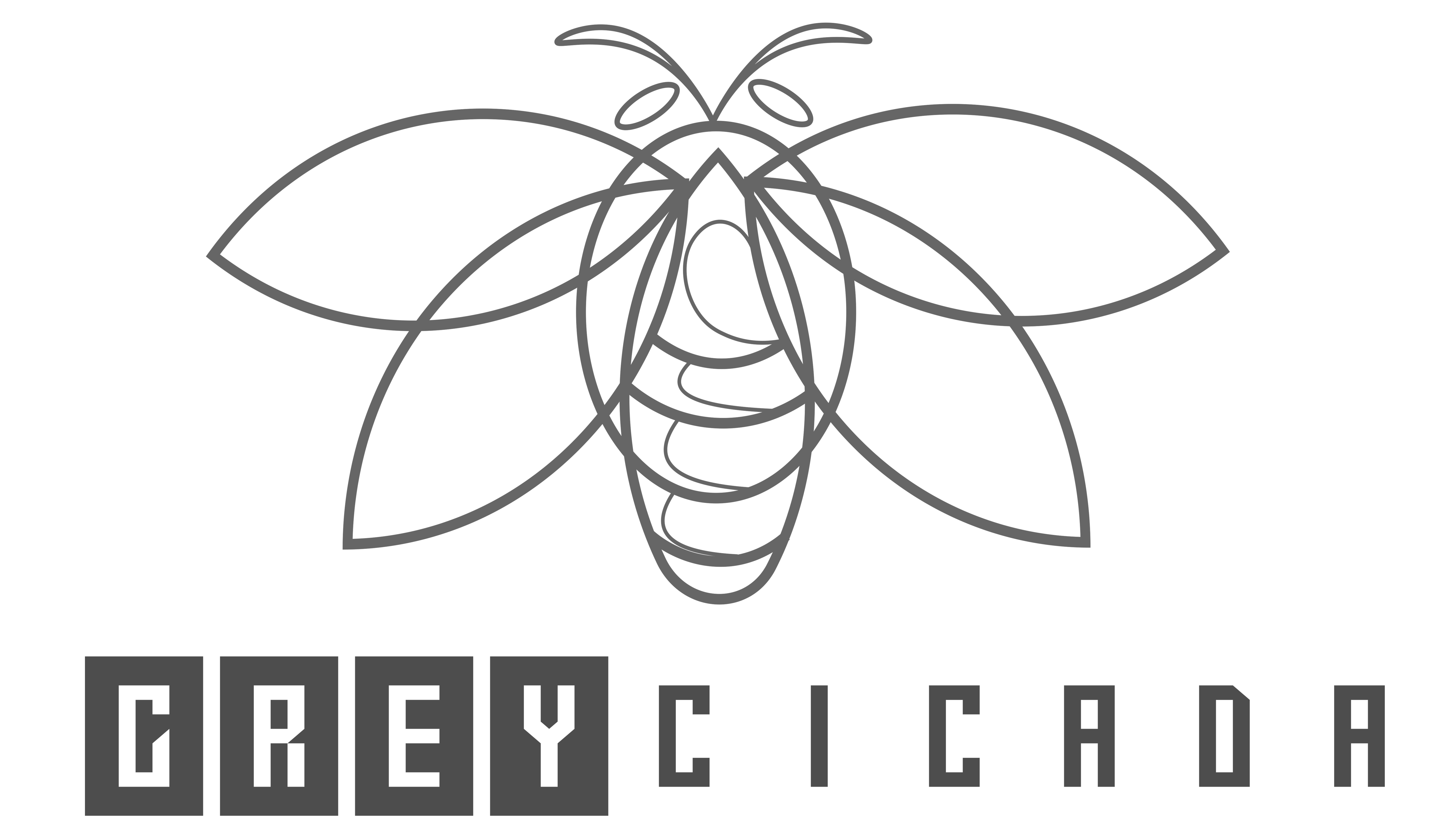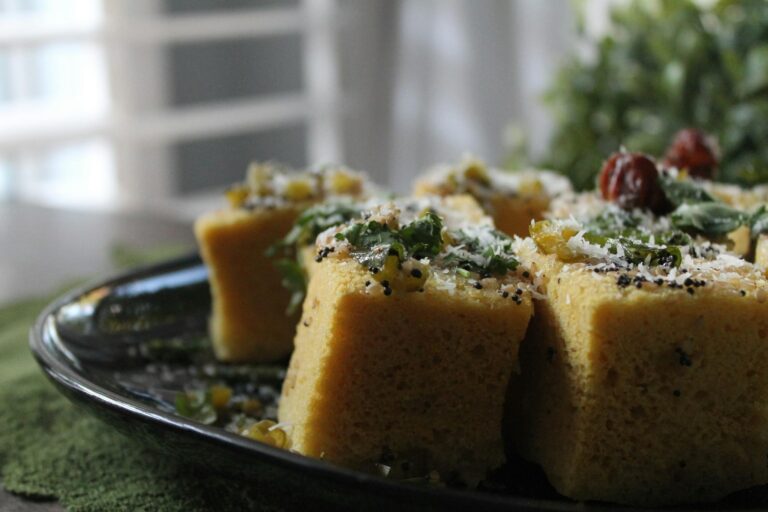FREE SHIPPING OVER $50
Stop the Sugar Cycle: Avoid These 6 Sneaky Foods That Spike Your Cravings

You’ve made the decision to reduce your sugar intake, and that is a huge step toward better health. Perhaps you are aiming for weight loss, hoping to boost your energy, or simply tired of the constant cycle of sweet cravings. You’ve successfully cut out soda and skipped the daily donut, but you may still feel that familiar, intense urge for something sweet a few hours after a meal. This often happens because many foods that don’t taste overwhelmingly sugary or are even marketed as “healthy” contain ingredients that cause a rapid spike in your blood sugar.
When your blood glucose rises too quickly, your pancreas quickly releases a flood of insulin to bring it back down. While this is a normal bodily process, an overly aggressive drop in blood sugar—often called a “sugar crash”—doesn’t just leave you feeling tired and foggy; it actually triggers a hormonal response that convinces your brain you need more quick energy. Inevitably, you reach for another sugary snack, and the frustrating cycle of sugar cravings continues. Effectively cutting sugar means mastering the art of identifying these sneaky foods that keep the craving loop spinning.
Understanding the Craving Cycle: The Blood Sugar Rollercoaster
To truly win the battle against sugar, you must first understand the fundamental process that creates those intense sugar cravings. It all comes down to the body’s energy system and hormone balance.
When you eat a food that is high in refined sugar or simple, processed carbohydrates—which act just like sugar in the body—your digestive system quickly converts these into glucose, which is then dumped rapidly into your bloodstream. This creates the blood sugar “spike.” Your body, recognizing this sudden flood of glucose, releases a corresponding flood of the hormone insulin. Insulin’s job is to clear the glucose from the blood and push it into your cells for energy or storage (as fat).
The problem arises when the body overcompensates, or when the initial sugar load is simply too high. Insulin works so efficiently that it sometimes lowers your blood sugar too far, too fast. This sudden dip is the sugar crash, or mild hypoglycemia. Your body interprets this low blood sugar as an emergency, triggering the release of stress hormones like cortisol and adrenaline. These hormones yell at your brain to find immediate energy, and what is the quickest source? More refined sugar. This is why you feel that overwhelming, almost uncontrollable urge for a cookie or candy bar just an hour or two after a seemingly innocent snack. Breaking this cycle is the key to sustainable weight management and consistent energy.
1. Low-Fat and Fat-Free Products
You have likely been told that fat is the enemy, leading you to faithfully reach for the low-fat or fat-free options in the supermarket. However, manufacturers nearly always have to add something back in when they remove the fat to keep the product palatable. That “something” is almost always sugar.
The Hidden Sugar Swap
Think about a container of plain, full-fat yogurt versus a fruity, low-fat yogurt. The full-fat version tastes rich and satisfying, whereas the fat-free version is often thin and sour without some help. By eliminating the satisfying fats, the food engineers must load it up with concentrated sweeteners—often in the form of cane sugar, high-fructose corn syrup, or fruit juice concentrate—to make it appealing. This turns a protein and calcium source into a sugar bomb that instantly spikes your blood glucose.
The Impact on Satiety
Furthermore, healthy fats are crucial for feeling full and slowing down the absorption of glucose into your bloodstream. When you strip the fat, you remove the brakes, allowing the sugar to rush in and set you up for that inevitable crash and subsequent craving.
- Actionable Swap: Always choose the plain, full-fat version of dairy products (yogurt, cottage cheese) and sweeten them naturally with a handful of fresh berries (high in fiber) or a small drizzle of raw honey.
2. Store-Bought Salad Dressings and Sauces
This is perhaps the most shocking and one of the easiest ways added sugar creeps into your healthy meals. You are diligently preparing a big, nutrient-dense salad, only to drown it in a dressing that contains several teaspoons of sugar per serving.
Sweet Condiments
Store-bought dressings, especially the “light” or low-calorie varieties, need flavor-enhancers to make up for the lack of satisfying oils. Check the label on popular French, Italian, or even some seemingly innocuous vinaigrettes. You will often see sugar, corn syrup, or dextrose listed within the first few ingredients.
The problem extends beyond dressings to common condiments like ketchup, barbecue sauce, and even certain tomato or pasta sauces. A single tablespoon of many commercial ketchups contains one teaspoon of sugar. Since very few people stop at one tablespoon, you can quickly consume a significant portion of your daily sugar allowance without eating anything that even tastes sweet.
- Actionable Swap: Stick to simple olive oil and vinegar for salads, or make a quick, healthy dressing using plain Greek yogurt, lemon juice, herbs, and spices. For savory dishes, use herbs, spices, mustard, or hot sauce instead of sweet glazes.
3. White Bread, Bagels, and Refined Carbohydrates
Though not technically “sugar,” foods made with refined white flour behave almost identically to table sugar once you eat them. These are high-glycemic index foods, and they are incredibly efficient at driving cravings.
The Problem with Processing
The highly processed nature of white flour strips the grain of its bran and germ, removing almost all of the fiber and much of the nutritional content. Fiber is essential because it acts like a speed bump in your digestive tract, significantly slowing down the conversion of starch into glucose. Without fiber, that white bagel or slice of white toast converts to blood glucose with alarming speed.
This rapid conversion triggers a massive insulin release, leading to a blood sugar spike and then a steep sugar crash. This crash is often followed by a wave of fatigue, moodiness, and, of course, the overwhelming desire for another round of quick-energy carbs or sweets.
- Actionable Swap: Focus on whole grains with clearly visible fiber, like rolled oats, brown rice, quinoa, or whole-grain breads where “whole wheat” or “whole grain” is the first ingredient listed.
4. Bottled Smoothies and Fruit Juices
You often see these options in the health aisle, but don’t let the “fruit” label fool you. Fruit juices and most bottled smoothies are notorious sugar culprits.
Fiber is the Key
When you eat a whole apple, your body must work to break down the fibrous structure of the fruit. The fiber content helps slow the absorption of the natural sugar (fructose) into your bloodstream, providing a steadier energy release.
A bottled juice or even a homemade blended fruit smoothie, however, removes or destroys much of that crucial fiber. Essentially, you are drinking a high concentration of sugar water. A 12-ounce glass of orange juice can easily contain as much sugar as a can of soda, but without the fiber to mediate the glucose spike. This concentrated dose of liquid sugar provides a massive rush and a quick drop, leaving you with that familiar, empty feeling and intense craving for more.
- Actionable Swap: Eat whole fruit rather than drinking it. If you make a smoothie, prioritize vegetables (spinach, kale), protein powder, and healthy fat (nut butter, avocado) over simply blending large amounts of high-sugar fruit. Limit fruit juice consumption to 4 ounces or less.
5. Cereal and Oatmeal Packets
Breakfast should set your body up for stable energy, but many popular breakfast foods are cleverly disguised desserts. Breakfast cereals, even those that appear brown or contain “clusters,” often contain multiple forms of sugar.
Reading the Ingredient List
Beyond the obvious sugary children’s cereals, many adult cereals are also problematic. They often contain brown sugar, corn syrup, honey, or molasses. Look closely at the nutrition label: you want a cereal that contains less than 6 grams of sugar and at least 5 grams of fiber per serving. Finding a product that meets both criteria is a challenge, which proves just how sneaky this food category is.
The same rule applies to instant oatmeal packets. While oats themselves are a healthy whole grain, the flavored packets (apple cinnamon, maple brown sugar) are frequently loaded with added sweeteners and flavorings, often negating the natural benefits of the oats.
- Actionable Swap: Choose unflavored, plain rolled oats or steel-cut oats. Cook them with water or unsweetened milk, and add flavor yourself with cinnamon, a tablespoon of nuts, and a small handful of berries.
6. Dried Fruit and Trail Mix
Dried fruit is a perfect example of a food where processing (dehydration) turns a healthy item into a concentration of sugar that can easily trigger cravings.
Concentrated Sweetness
When fruit is dried, all the water is removed, leaving behind a compact, sweet piece of fruit. The problem is that it is incredibly easy to overeat. You might only eat one apple, but you can effortlessly consume the equivalent of five or six apples in the form of a small bag of raisins or dried cranberries. This intense concentration of sugar hits your system quickly, leading to an exaggerated blood sugar spike.
Additionally, many commercial dried cranberries, cherries, and even mangoes are coated in extra sugar before the drying process to improve taste and texture, making them a double sugar threat. Furthermore, the chocolate and candy pieces often included in trail mix add yet another layer of refined sugar and empty calories.
- Actionable Swap: Replace dried fruit with a small portion of fresh or frozen berries. When making trail mix, stick to a mixture of unsalted nuts, seeds, and a few small pieces of high-cacao (70% or darker) chocolate.
Conclusion
Successfully reducing your sugar intake requires more than just avoiding the candy aisle; it demands becoming a relentless food detective. The six categories of foods listed above—low-fat products, sugary sauces, refined white carbs, bottled juices, sweetened cereals, and dried fruit—are the primary culprits responsible for the blood sugar rollercoaster that drives constant sugar cravings. By actively replacing these sneaky foods with fiber-rich, whole-food alternatives, you stabilize your blood sugar, dramatically reduce the hormonal drive to seek out sweets, and make your journey to a lower-sugar lifestyle far easier and more effective. You take control of your plate, and ultimately, you take control of your health and energy levels.
Related Articles
- Is Your Oat Milk Spiking Your Blood Sugar? What Experts Say Might Surprise You
- Can You Put Hot Food Straight in the Fridge? Here’s What Most People Get Wrong
- Eat Almonds Daily? Here’s What Happens to Your Skin, Heart, and Brain—Backed by Science
- The ‘Healthy’ Food Nutritionists Regret Recommending—It’s Worse Than a Drive-Thru Burger
- 15 Detox Foods That Help Your Liver Flush Microplastics—Backed by Environmental Health Experts



